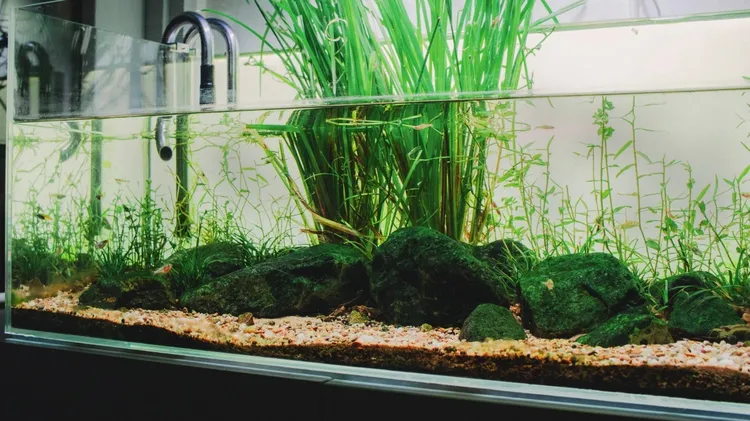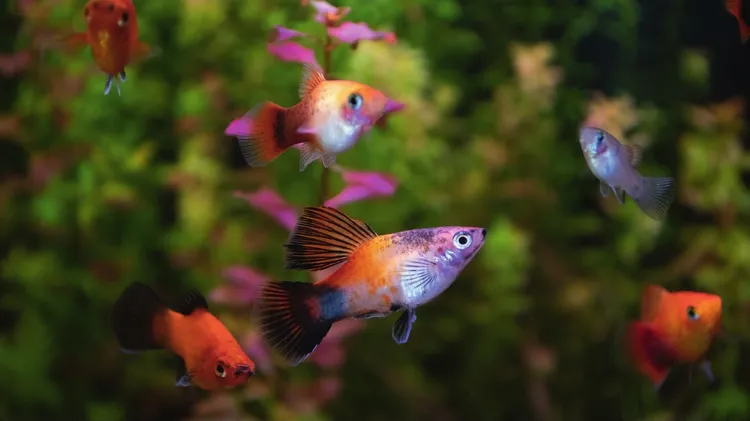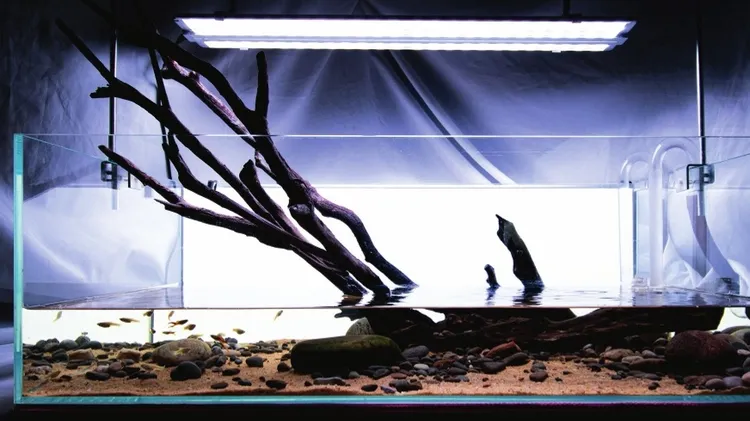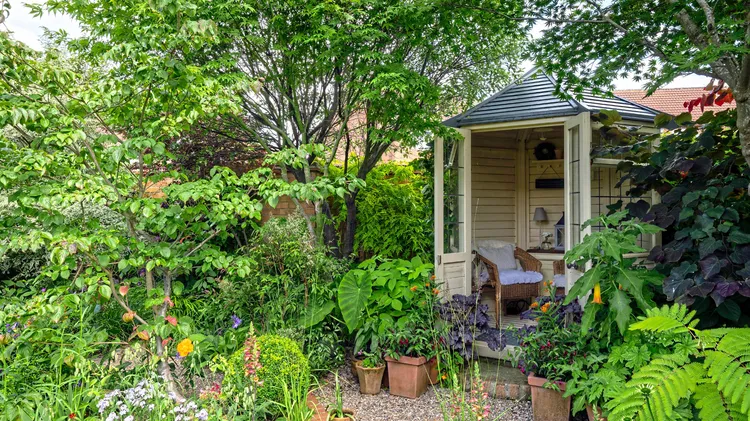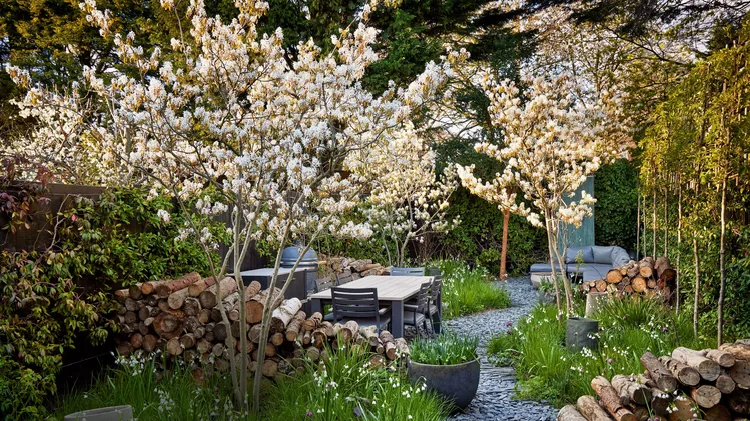Inspired by botanicals and natural ecosystems, one aquarist tries out
The self-feeding set-up
7 min read
This article is from...
Read this article and 8000+ more magazines and newspapers on Readly

